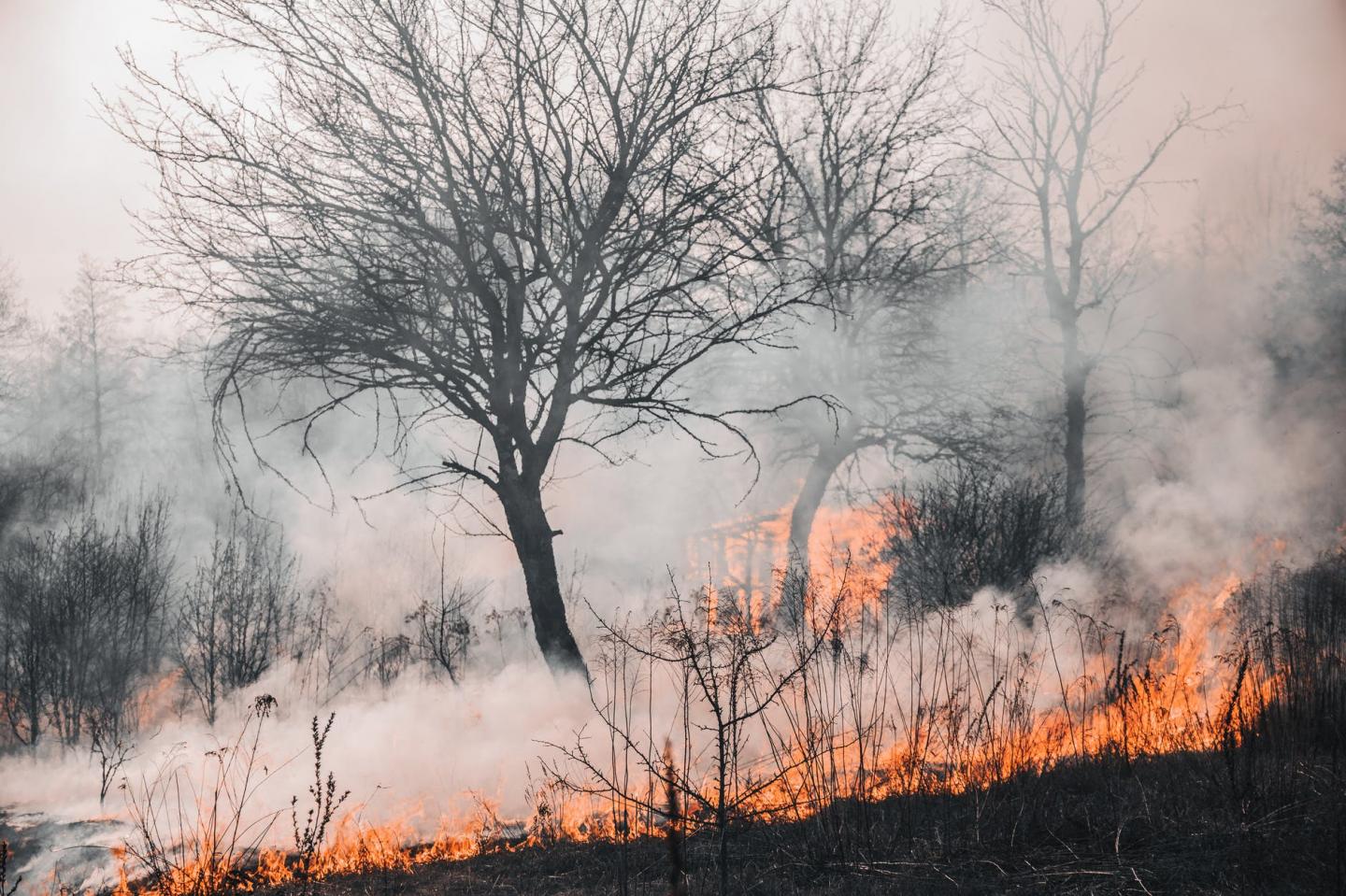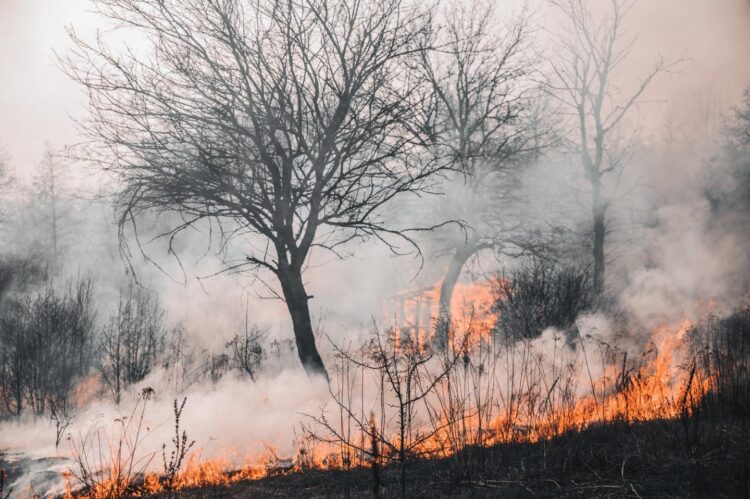A seemingly small difference in global warming levels could greatly impact wildfires worldwide, researchers have found

Credit: Pexels
Under the 2015 Paris Agreement, the United Nations Framework Convention on Climate Change agreed to pursue efforts to limit the temperature increase to 2.0°C and, ideally, to 1.5°C, over preindustrial levels. However, even before that treaty was signed, scientists had already warned that those “best case” targets were unlikely to be achievable. Consequently, many fire weather studies are built with models that simulate much higher levels of climate warming.
Recently, researchers from South Korea, Japan, and the United States have found that by projecting the fire weather conditions under two mildly varying warming levels — one in which the global climate warms by 1.5°C and the other by 2°C — even just a half-degree of warming could significantly increase the likelihood and significance of wildfires!
“When it comes to the conditions that make wildfires more likely, a little bit of warming goes a long way,” explained lead author Rackhun Son, Ph.D. candidate at Gwangju Institute of Science and Technology (GIST), Korea, “but, of course, this is troubling, because it is quite unlikely that we will only be experiencing a little bit of warming.”
“Although it is reasonable to look at fire weather under more extreme circumstances, there is little sense in making goals without a good understanding of what might happen if you were to reach those goals,” said co-author Seung-Hee Kim of Chapman University, “so, we asked ‘what would happen if we did reach these goals? Would the fire weather conditions not become as severe?'”
That answer is complex, but this study’s key finding is that just a half a degree of additional warming would likely create a notably greater danger of fire on the most widely inhabited continents, with dangers particularly concentrated in the Amazon rainforest and African savanna, and around the Mediterranean. “We also provided evidence that places like Australia and Indonesia are likely to reach peak levels of fire susceptibility even before we reach that lower threshold,” said co-author Simon Wang of Utah State University.
The study does provide a silver lining of hope to this cloud of danger. Commenting on the implications of their findings, Dr. Wang comments, “If we were somehow able to suppress this extra half a degree of warming, we could reduce climate-driven extreme fire activities in many places, potentially saving many lives and billions of dollars.”
###
Their research has been published in the journal Environmental Research Letters.
Reference
Title of original paper: Changes in fire weather climatology under 1.5°C and 2.0°C warming
Journal: Environmental Research Letters
DOI: 10.1088/1748-9326/abe675
About Gwangju Institute of Science and Technology (GIST)
Website: http://www.
About the author
Jinho Yoon is Associate Professor of Earth Sciences and Environmental Engineering at GIST. His group focuses on understanding and predicting weather-climate extremes under climate change. Prof. Yoon’s group is also analyzing aerosol-cloud-precipitation interactions to understand the distribution and characteristics of clouds. Before coming to GIST, he was a scientist (level 3) at Pacific Northwest National Laboratory. In 2004, Prof. Yoon received a PhD in Atmospheric Sciences from Iowa State University.
Media Contact
Nayeong Lee
[email protected]
Related Journal Article
http://dx.





